Home>Garden Essentials>When To Plant Celosia Seeds


Garden Essentials
When To Plant Celosia Seeds
Modified: August 27, 2024
Learn when is the best time to plant celosia seeds in your garden and ensure a beautiful and vibrant addition to your outdoor space.
(Many of the links in this article redirect to a specific reviewed product. Your purchase of these products through affiliate links helps to generate commission for Storables.com, at no extra cost. Learn more)
Introduction
Gardening enthusiasts and flower lovers always look forward to planting vibrant and stunning flowers in their gardens. If you are someone who enjoys adding a pop of color to your outdoor space, then celosia is a fantastic choice.
Celosia, also known as cockscomb, is a versatile and visually striking flower that adds a delightful touch to any garden. With its unique, crested blooms that resemble rooster combs, it’s no wonder that celosia is a favorite among many gardeners.
In this article, we will explore the best time to plant celosia seeds, both indoors and outdoors, and provide valuable insights into caring for celosia seedlings. Whether you are an experienced gardener or a beginner, this guide will help you make the most of your celosia plants.
Before we dive into the specifics of planting celosia seeds, let’s take a look at the factors you need to consider before getting started.
Key Takeaways:
- Plant celosia seeds outdoors in late spring or early summer if you live in a warm climate, or start them indoors 4-6 weeks before the last expected frost date in colder regions. This ensures strong and healthy plants.
- Provide consistent moisture, sunlight, and care for celosia seedlings to promote healthy growth and vibrant blooms. Consider factors like soil quality, temperature, and fertilization to create an optimal growing environment.
Read more: How To Harvest Celosia Seeds
Factors to Consider before Planting Celosia Seeds
Before you start planting celosia seeds, there are a few key factors to consider to ensure the success of your flowers. Taking these factors into account will help you create an optimal growing environment for your celosia plants.
- Soil Quality: Celosia thrives in well-draining soil that is rich in organic matter. Before planting, ensure that your soil is loose, fertile, and has a pH level between 6.0 and 7.0. If your soil is heavy or clay-like, consider adding compost or organic matter to improve its texture and fertility.
- Sunlight: Celosia is a sun-loving plant that requires at least six hours of direct sunlight per day. Choose a location in your garden that receives ample sunlight throughout the day. If you have limited sun exposure in your garden, consider planting celosia in containers or raised beds that can be moved to catch the sun’s rays.
- Temperature: Celosia is a warm-season flower and thrives in temperatures between 70°F and 85°F (21°C to 29°C). It is essential to wait until the threat of frost has passed before planting celosia seeds. If you live in a region with a short growing season, you can start the seeds indoors and transplant them outdoors once the weather warms up.
- Watering: Celosia prefers consistent moisture but does not tolerate waterlogged soil. When watering your celosia plants, aim for a deep soaking once a week, allowing the soil to dry slightly between waterings. Be cautious not to overwater, as it can lead to root rot and other diseases.
- Fertilization: To promote healthy growth and vibrant blooms, fertilize your celosia plants regularly. Use a balanced, water-soluble fertilizer or a slow-release granular fertilizer according to the product’s instructions. Avoid applying too much fertilizer, as it can cause excessive foliage growth at the expense of flowers.
By considering these factors and preparing your garden accordingly, you can set the stage for successful celosia growth and ensure an abundance of beautiful blooms. Now that you understand the essential factors let’s move on to the best time to plant celosia seeds.
Best Time to Plant Celosia Seeds
The optimal time to plant celosia seeds depends on your location and the specific variety of celosia you’re growing. Celosia is a warm-season flower that thrives in temperatures between 70°F and 85°F (21°C to 29°C).
If you live in a region with a long growing season and mild winters, you can directly sow celosia seeds outdoors once the danger of frost has passed and the soil has warmed up. In most areas, this is usually in late spring or early summer.
However, if you live in an area with shorter growing seasons or colder climates, it’s recommended to start celosia seeds indoors 4-6 weeks before the last expected frost date. This will give your seedlings a head start and allow them to develop into strong and healthy plants.
To start celosia seeds indoors, fill seed trays or containers with a well-draining seed starting mix. Moisten the soil and sow the seeds according to the package instructions, typically 1/4 inch deep. Place the trays in a warm location, preferably around 70°F to encourage germination.
Once the seedlings have emerged and established several true leaves, they can be transplanted outdoors. The timing for transplanting will depend on your local climate and the readiness of the seedlings. Typically, this can be done after the last expected frost date, when the soil has warmed up and nighttime temperatures are consistently above 50°F (10°C).
When transplanting celosia seedlings outdoors, select a sunny location with well-draining soil. Space the plants according to their mature size, as some celosia varieties can grow quite tall and wide. Gently loosen the root ball and place the seedling in a hole, making sure the top of the root ball is level with the soil surface. Water thoroughly after transplanting to help the seedling establish in its new environment.
Regardless of whether you start celosia seeds indoors or sow them directly outdoors, it’s important to monitor soil moisture and provide adequate water as needed. Be mindful of hot and dry weather conditions, as celosia plants can wilt quickly if not hydrated properly.
Now that you know the best time to plant celosia seeds and how to start them indoors, let’s explore the process of planting celosia seeds both indoors and outdoors.
Planting Celosia Seeds Indoors
Starting celosia seeds indoors is a great option for gardeners in colder climates or those who want to get a head start on the growing season. Here’s how you can successfully plant celosia seeds indoors:
- Choose the right containers: Select seed trays, peat pots, or cell packs that have drainage holes. Avoid using containers that are too deep, as celosia has a shallow root system.
- Prepare the seed starting mix: Use a well-draining seed starting mix or a combination of peat moss and vermiculite. Moisten the mix before filling the containers.
- Sow the seeds: Following the instructions on the seed packet, sow the celosia seeds on the surface of the pre-moistened mix. Lightly press the seeds into the soil, but do not bury them too deep, as celosia seeds require light for germination.
- Provide warmth and moisture: Celosia seeds germinate best in a warm environment between 70°F and 75°F (21°C to 24°C). Cover the containers with a clear plastic dome or place them in a plastic bag to create a greenhouse effect. Keep the soil moist but not waterlogged.
- Monitor and care for the seedlings: Once the seedlings emerge, remove the plastic cover and place the containers in a bright location with indirect sunlight. Rotate the trays regularly to promote even growth. Water the seedlings when the top inch of soil feels dry.
- Harden off and transplant: About a week before the last expected frost date, gradually expose the seedlings to outdoor conditions. Start by placing them outdoors in a sheltered location for a few hours a day, gradually increasing the exposure time. Transplant the seedlings into your garden or containers after all danger of frost has passed and the soil has warmed up.
Remember to label your containers to identify the celosia variety and the date of sowing. This will help you keep track of your plants and plan for their growth and care.
Starting celosia seeds indoors allows you to control the growing conditions and ensure the health and vigor of your seedlings. With proper care and attention, your celosia plants will thrive and reward you with beautiful and vibrant blooms.
Now that you know how to plant celosia seeds indoors, let’s move on to planting celosia seeds outdoors.
Plant celosia seeds indoors 6-8 weeks before the last frost date, or directly in the garden after the last frost. They prefer warm soil and full sun for optimal growth.
Planting Celosia Seeds Outdoors
Planting celosia seeds directly outdoors is a straightforward process that can be done once the soil has warmed up and the danger of frost has passed. Follow these steps to successfully plant celosia seeds outdoors:
- Prepare the soil: Choose a sunny location in your garden with well-draining soil. Remove any weeds or debris and loosen the soil to improve aeration and drainage.
- Sow the seeds: Create small furrows in the soil, about 1/4 inch deep. Space the furrows according to the recommended spacing for the celosia variety you are planting. Gently place the seeds along the furrows, leaving a few inches of space between each seed. Cover the seeds with a thin layer of soil.
- Water the seeds: After sowing the seeds, water the area gently to avoid displacing the seeds. Keep the soil consistently moist until the seeds germinate.
- Thin the seedlings: Once the seedlings have emerged and established a few pairs of true leaves, thin them out to provide enough space for each plant to grow. Remove the weaker seedlings, leaving the strongest and healthiest ones spaced according to the recommended spacing for your specific celosia variety.
- Mulch and provide support: Apply a layer of organic mulch around the base of the celosia plants to help conserve moisture and suppress weed growth. Some tall varieties of celosia may require staking or support to prevent them from bending or breaking due to strong winds.
- Water and care for the seedlings: Ensure that the soil remains consistently moist but not waterlogged. Water the plants deeply and regularly, especially during dry spells. Fertilize the seedlings every few weeks with a balanced flower fertilizer to promote healthy growth and abundant blooms.
- Deadhead and prune: To encourage continuous blooming, remove faded or spent flowers by pinching them off or cutting them back. Removing the dead flowers will redirect the plant’s energy towards producing new blooms.
- Monitor for pests and diseases: Keep an eye out for common garden pests such as aphids, spider mites, or slugs. Take appropriate measures to control these pests if they become a problem. Additionally, watch for signs of diseases such as powdery mildew or leaf spot, and promptly address any issues that arise.
- Enjoy the blooms: With proper care and maintenance, your celosia plants will reward you with a stunning display of colorful blooms throughout the growing season. Take the time to appreciate their beauty and share the joy with others.
By following these steps, you can successfully plant celosia seeds outdoors and watch as your garden comes alive with the vibrant and unique beauty of these captivating flowers.
Now that you know how to plant celosia seeds both indoors and outdoors, let’s explore the essential care tips for celosia seedlings to ensure their healthy growth and development.
Read more: When To Plant Borage Seeds
Caring for Celosia Seedlings
Proper care is crucial for the healthy growth and development of celosia seedlings. By providing the right conditions and following these care tips, you can ensure that your celosia plants thrive and produce stunning blooms:
- Watering: Celosia plants prefer consistent moisture, so it’s important to keep the soil evenly moist. Water deeply and thoroughly, ensuring that the water reaches the roots. Be careful not to overwater, as soggy soil can lead to root rot. Monitor the moisture levels regularly and adjust your watering schedule accordingly.
- Fertilization: Celosia plants benefit from regular fertilization. Apply a balanced, water-soluble fertilizer every two to three weeks during the growing season. Follow the instructions on the fertilizer package for the correct application rate. Avoid over-fertilizing, as it can lead to excessive foliage growth instead of flowers.
- Protect from pests: Inspect your celosia seedlings regularly for any signs of pests such as aphids, spider mites, or slugs. If you notice any unwanted visitors, take appropriate measures to control them. This can include handpicking pests, using organic pest control methods, or applying insecticides if necessary.
- Provide support for tall varieties: Some celosia varieties, especially the tall-growing ones, may require support to prevent them from bending or breaking. Use stakes or cages to provide support for the plants as they grow. Secure the stems gently using soft ties or twine to avoid damaging the plants.
- Pruning and deadheading: Regularly remove faded or spent flowers by either pinching them off or cutting them back to promote continuous blooming. This will encourage the plant to redirect its energy towards producing new blooms. Additionally, you can trim back excessive foliage to maintain an attractive and compact appearance.
- Monitor for diseases: Celosia plants can be susceptible to common garden diseases such as powdery mildew or leaf spot. Regularly inspect the leaves for any signs of disease, and promptly address any issues that arise. Remove and destroy any infected plant material to prevent the spread of disease.
- Provide adequate sunlight: Celosia plants thrive in full sun, so make sure they receive at least six hours of direct sunlight each day. If you are growing celosia in a location with partial shade, ensure they still receive enough sunlight to promote healthy growth and vibrant blooms.
- Harvesting: Depending on the variety, celosia flowers can be harvested for fresh or dried arrangements. To harvest celosia blooms, choose flowers that are fully open but not yet faded. Cut the stems at an angle and immediately place them in a vase with water. Remove any foliage that will be below the water line to prevent bacterial growth and change the water regularly to prolong the vase life of the flowers.
By providing the right care and attention, your celosia seedlings will flourish, showcasing their vibrant colors and unique textures. With a little effort and proper maintenance, you’ll be able to enjoy the beauty of celosia flowers throughout the growing season.
Now that you have a comprehensive understanding of how to care for celosia seedlings, you can confidently cultivate these stunning flowers in your garden. Remember to enjoy the process and take pride in the colorful display that celosia adds to your outdoor space.
As a final note, always keep in mind that gardening is an art that involves experimenting, learning, and adapting to your specific climate and conditions. So don’t hesitate to try new techniques and make adjustments to find the best approach that works for you and your celosia plants.
Happy gardening!
Conclusion
Celosia, with its fascinating crested blooms and vibrant colors, is a stunning addition to any garden. By understanding the best time to plant celosia seeds, both indoors and outdoors, and following proper care techniques, you can cultivate healthy celosia seedlings that will thrive and reward you with a spectacular display of blooms.
Before planting celosia seeds, consider factors such as soil quality, sunlight, temperature, watering, and fertilization. These factors play a crucial role in creating an optimal growing environment for your celosia plants, ensuring their success.
If you’re in a region with a long growing season, you can directly sow celosia seeds outdoors once the soil has warmed up and the threat of frost has passed. However, if you live in colder climates or have a shorter growing season, starting celosia seeds indoors can give your seedlings a head start and allow them to develop into strong and healthy plants.
When planting celosia seeds indoors, choose the right containers, prepare the seed starting mix, sow the seeds at the right depth, and provide warmth, moisture, and appropriate lighting for germination. Transplant the seedlings outdoors once all danger of frost has passed, and continue to care for them by watering, fertilizing, and protecting them from pests and diseases.
For those who prefer to plant celosia seeds directly outdoors, prepare the soil, sow the seeds at the right depth, and provide consistent moisture. Thin the seedlings as they emerge and provide mulch and support if needed. Care for the seedlings by watering, fertilizing, deadheading, and monitoring for pests and diseases.
Throughout the growing season, proper care of celosia seedlings is essential. Remember to water consistently, fertilize regularly, protect against pests and diseases, provide support for tall varieties, and deadhead to encourage continuous blooming. Harvest blooms for fresh or dried arrangements and enjoy the beauty that celosia brings to your garden.
Gardening is a rewarding endeavor that allows you to connect with nature and create a beautiful outdoor space. With celosia, you have the opportunity to add a touch of uniqueness and vibrancy to your garden. So, get ready to sow your celosia seeds, nurture your seedlings, and watch as they grow into stunning flowers that will bring joy and beauty to your garden.
Remember, gardening is as much an art as it is a science, so don’t be afraid to experiment, learn, and adapt. Enjoy the process, be patient, and embrace the wonders of nature as you cultivate your celosia plants.
Happy gardening!
Now that you've got the scoop on planting celosia seeds, why stop there? Transform your garden with creative designs from our collection of garden fence ideas. Each offers unique ways to enhance your outdoor space. Ready for more hands-on advice? Dive into our guide on flower planting, perfect for anyone eager to create a stunning flower garden from scratch. Keep your green thumb busy and your garden blooming with these insightful reads!
Frequently Asked Questions about When To Plant Celosia Seeds
Was this page helpful?
At Storables.com, we guarantee accurate and reliable information. Our content, validated by Expert Board Contributors, is crafted following stringent Editorial Policies. We're committed to providing you with well-researched, expert-backed insights for all your informational needs.
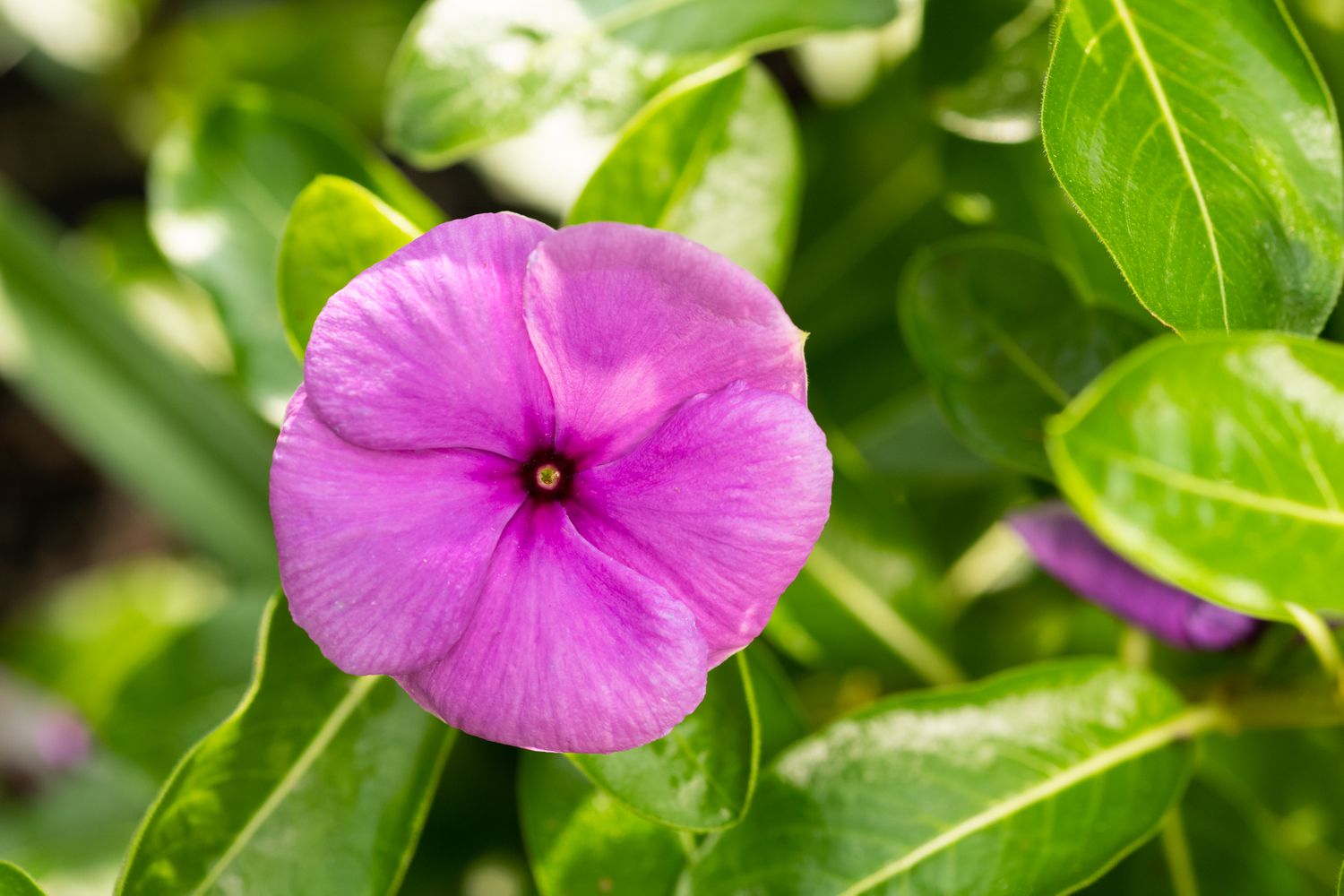
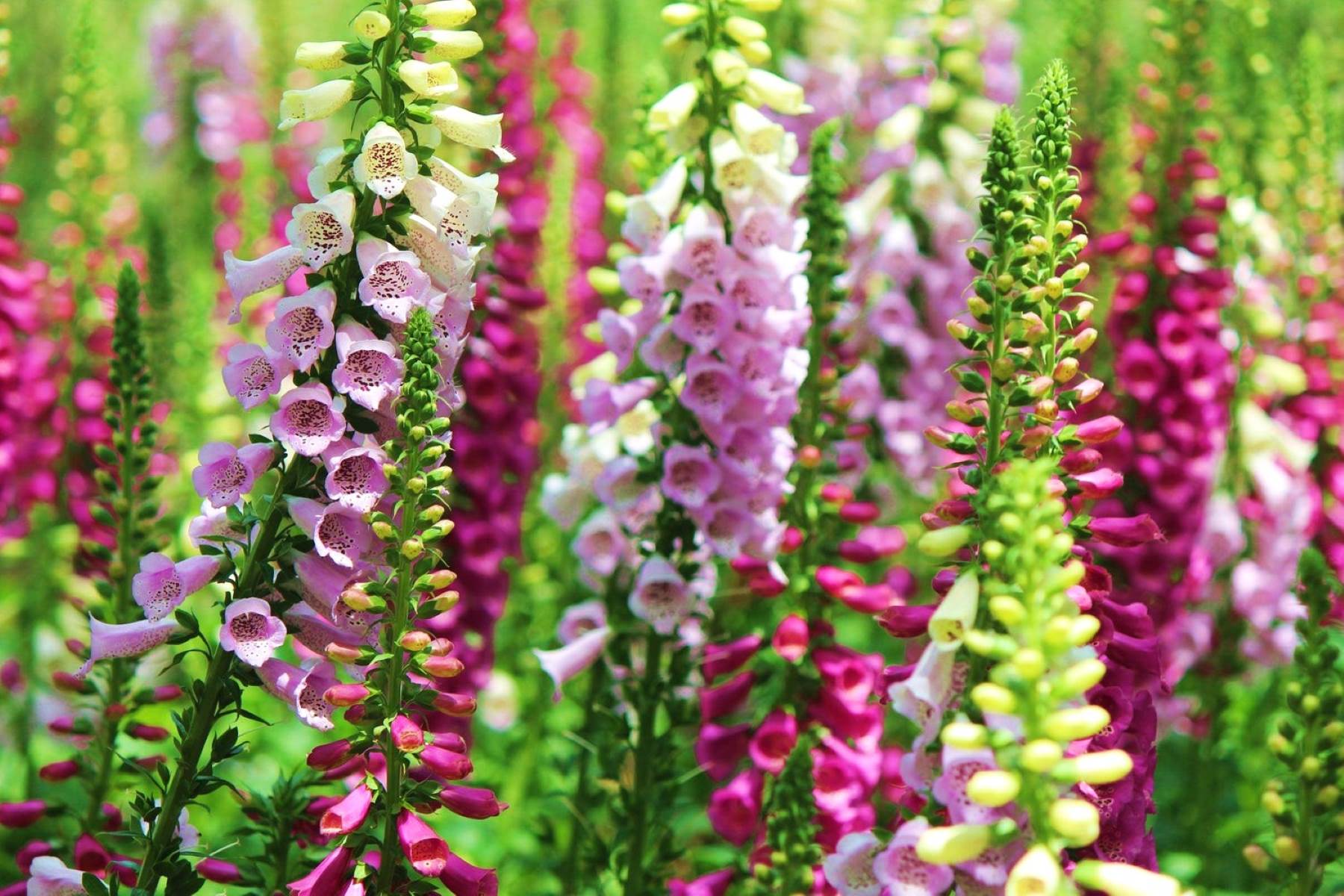
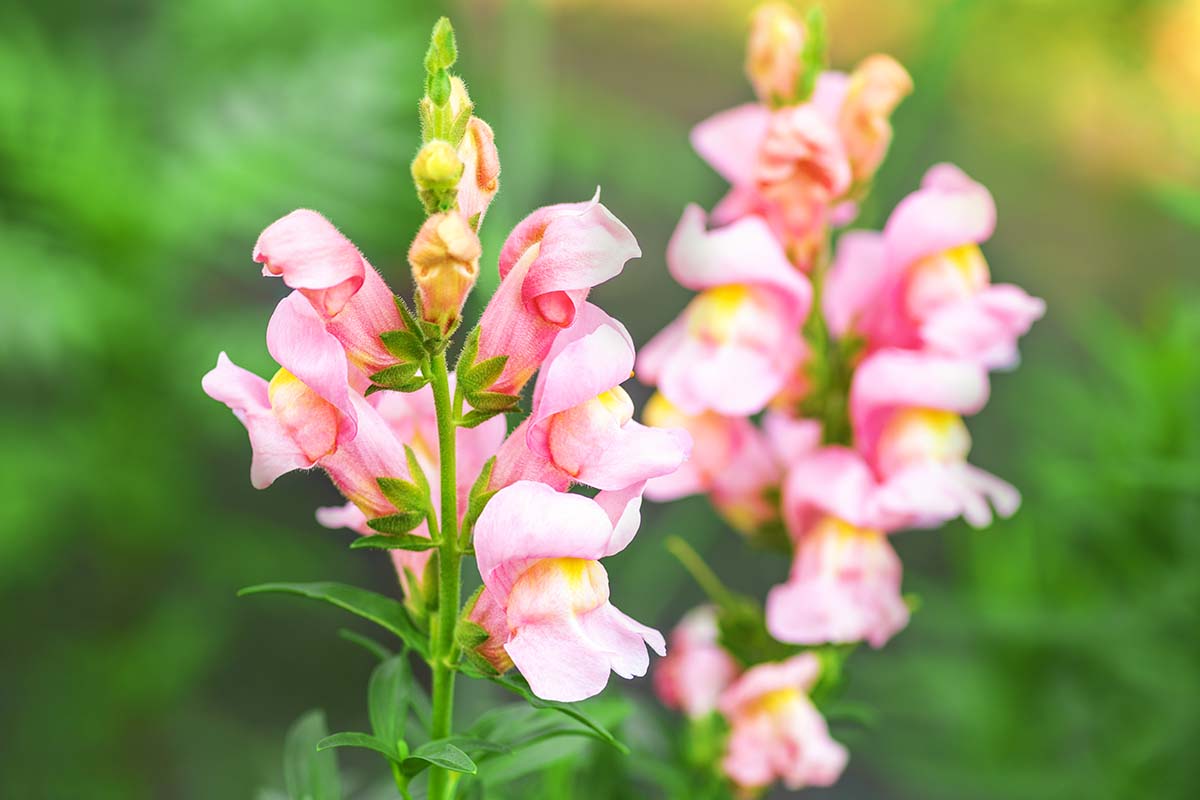
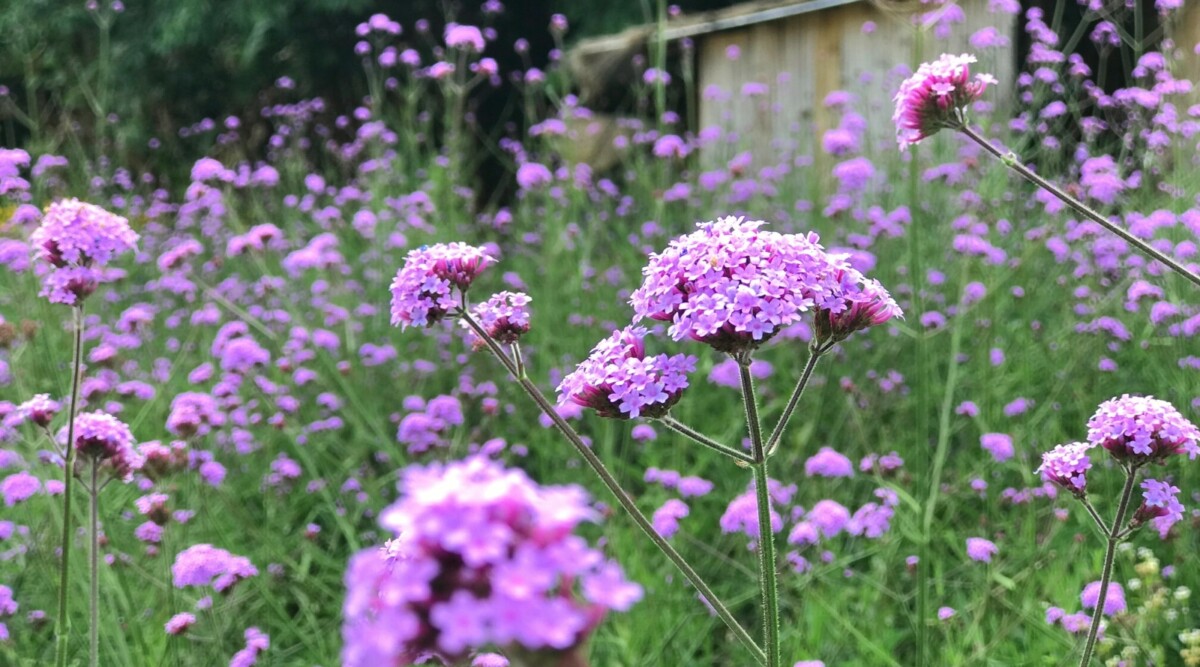
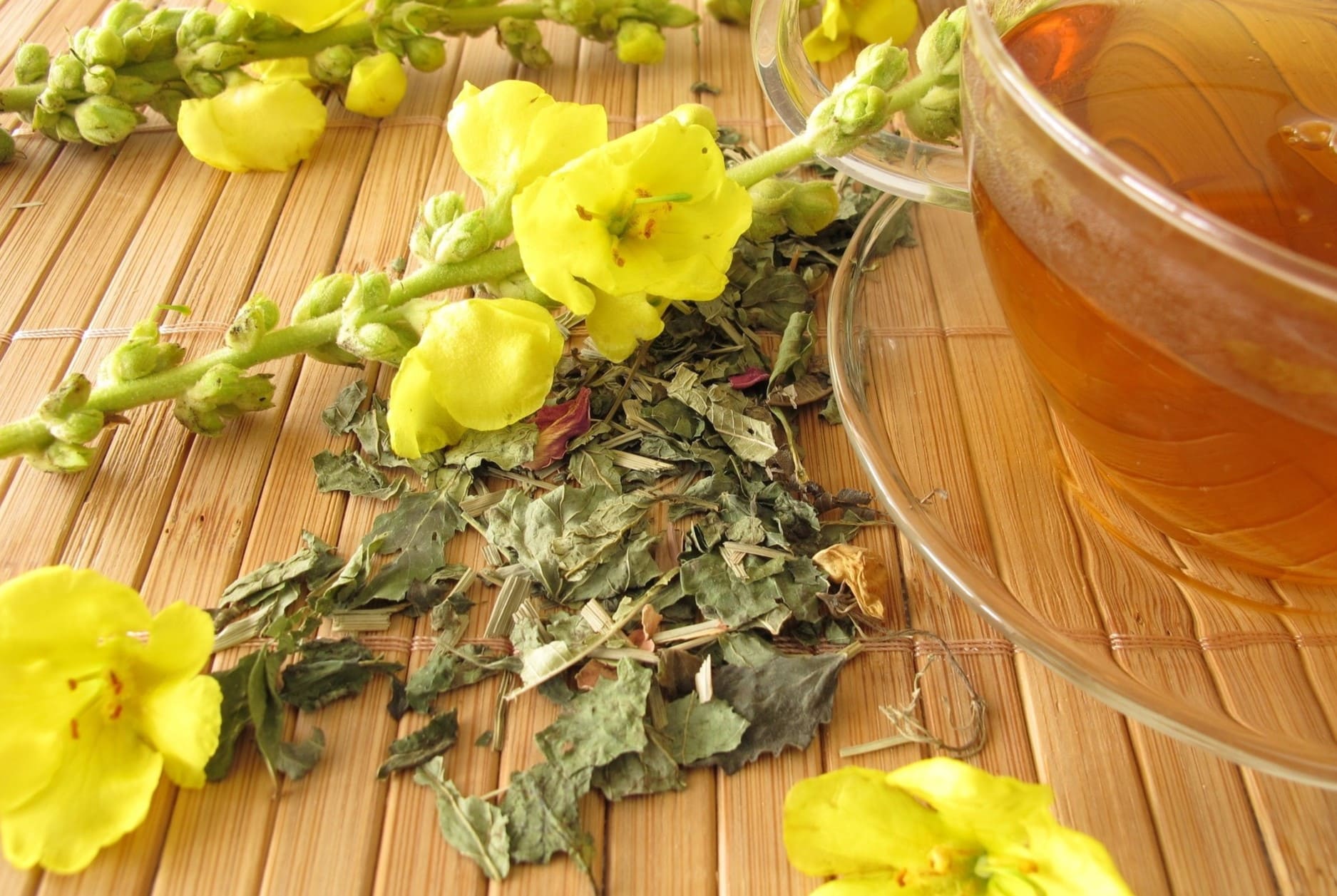








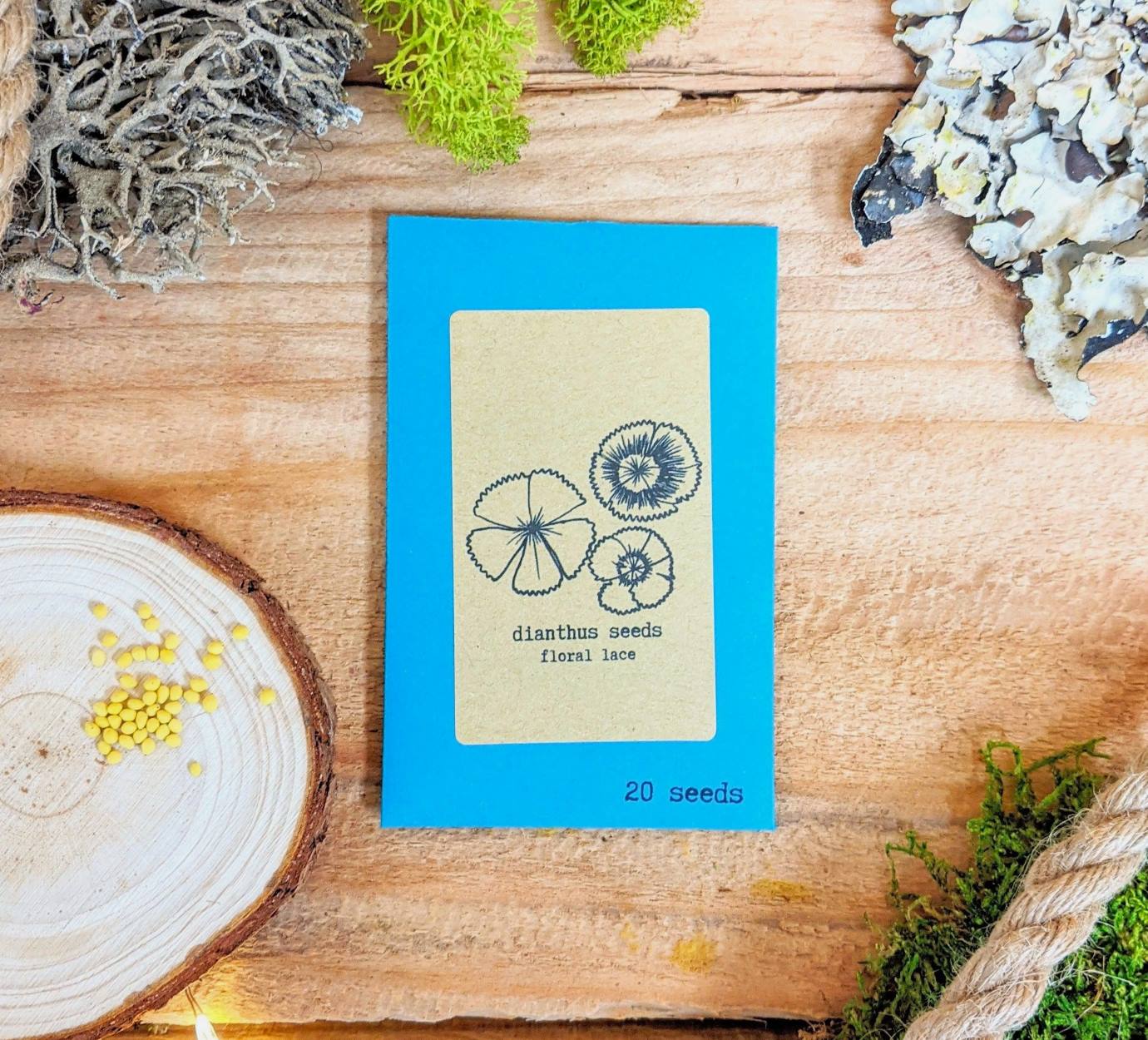

0 thoughts on “When To Plant Celosia Seeds”